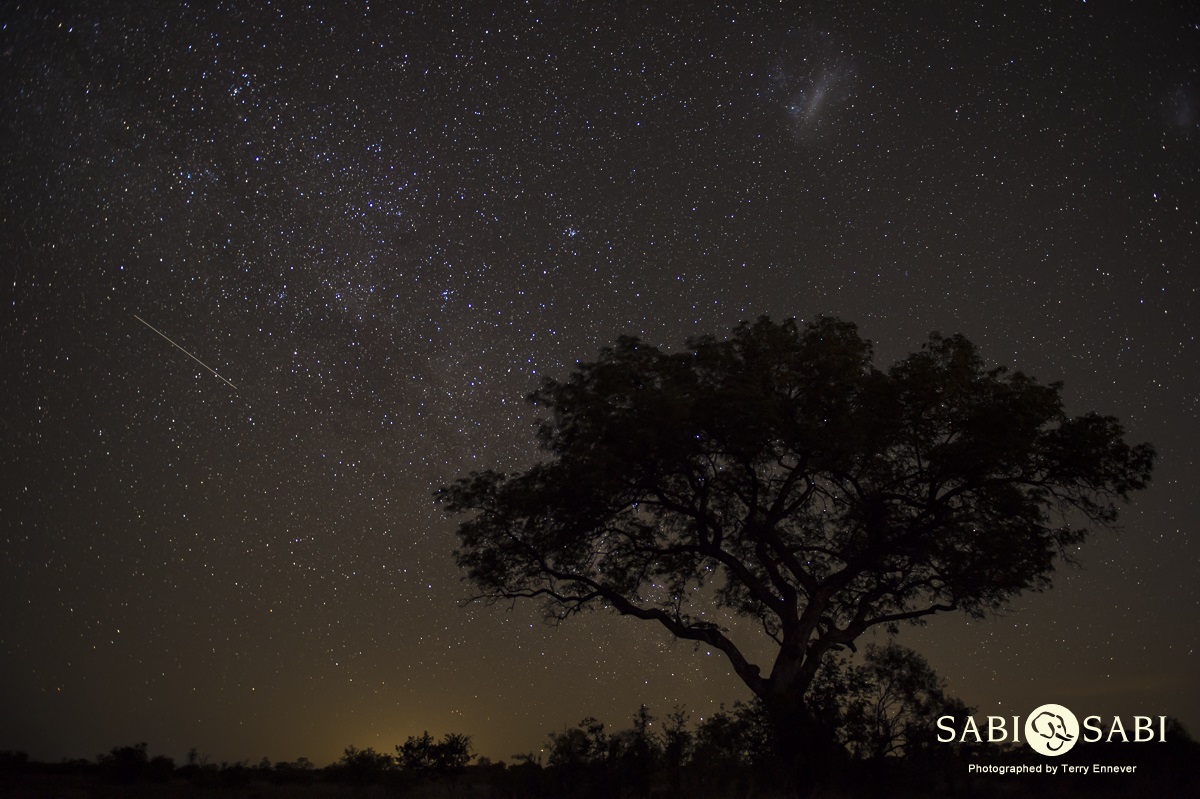Pic of the Week #69
on Mar 16, 2018Marula Sky

Especially where most of us live, it is difficult to even see the stars at all due to air and general light pollution from cities. Sure, guests arrive ready to see the fauna and flora but it is often the night sky that truly takes their breath away.
Variety in your portfolio as a photographer is so important. It demonstrates a skill and an understanding of your camera, its capabilities as well as its limitations and how you as the photographer can challenge yourself. One of the greatest ways to do this is astrophotography.
Equipment is key in trying to get great night time shots:
- A sturdy tripod
- A wide-angle lens with a large aperture
The setup is what often takes most of the time. Once you have set up the camera and tripod and decided on the composition, it is important to change your camera to manual focus. Once this is done, turn your focus ring on your lens to infinity. Now this is important as some lenses, focus isn't at true infinity and a turn of the ring can allow you to determine your lens’ true infinity focal point. White Balance can be left to Auto if you are working in RAW, otherwise play with this to get the desired White Balance.
Switch to manual mode. My default settings for Astrophotography are the ones I used below. F2.8 because it lets in the most amount of light, 25 seconds because if I leave it much longer, the stars will start to blur due to their continual movement and ISO 2500 as I don't see too much noise. These setting will give you a nice base to work from.
If you do not have a remote, don't worry, you can always use the self-timer on the camera as sometimes depressing the shutter with your finger can create a little shake.
Once the shutter has gone off, wait 25 seconds and then hopefully you will have your masterpiece. I took a variety of images like this, but this was the one I decided on due to the “shooting star” that took the liberty of adding itself to the overall image.
Equipment used
- Camera - Nikon D4S
- Lens and Focal length - Nikkor 24-70mm F2.8 VRII @24mm
Settings used to capture this image
- ISO – 2500
- Aperture –f2.8
- Shutter – 25 sec
Editing used on this image
Not much editing was used really. As I mentioned earlier, I had time so played with the White Balance before capturing the image. I pulled down the highlights to -32 to try and get rid of some of the brightness from the lodge lights in the distance. I used the clarity slider to bring out some of the brightness of the stars and the vibrance to bring out the natural colours in the night sky. The only thing left was to use the Noise Reduction slider to bring a creaminess to the dark areas of the image.
As you can see it is quite easy to get an average night sky image, and it gives you diversity in your holiday images. So next time you are on safari don't just try and capture what’s around you, look what’s above you and capture it. After all, animals need wilderness areas to live, and there is no better place to capture the enormity of the galaxy they live in.






